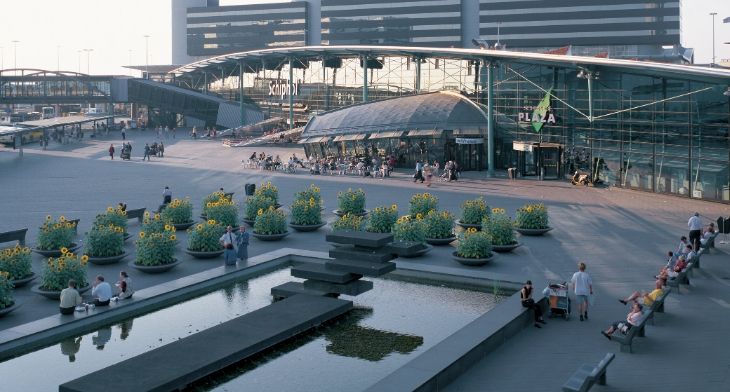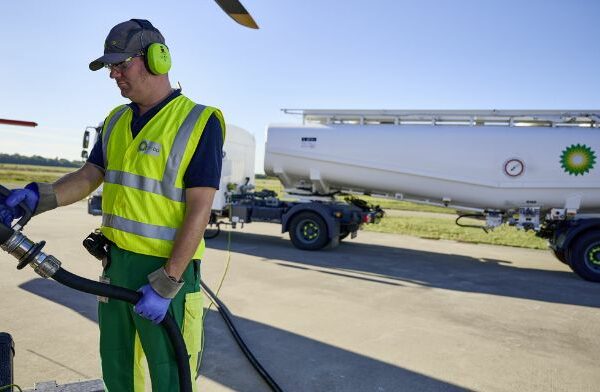


A white paper produced by the Netherlands Airport Consultants (NACO) highlights that airport real estate and non-passenger related revenues are key to future-proofing airports.
Following a decline in passenger numbers in the wake of COVID-19, the paper found that with almost 90% of airport revenues being passenger related, there is a clear need for airports to diversify their revenue streams in order to reduce both revenue volatility and the immediate negative effects of declining passenger traffic on their business.
Pieter van der Horst, Airport City Development Expert at NACO explained that the white paper explores the impact of country lockdowns and airport closures as a result of the coronavirus pandemic. He noted that, “specifically the data indicates how airport real estate and non-passenger related revenues have been essential in ‘cushioning’ the impact of the economic downturn.”
Noting that the almost complete contraction in passenger-related revenues has led to a near evaporation of earnings for airports, the paper found that this will in turn make post-crisis levels structurally low for years to come.
“We see three developments at play which strengthen the case for diversification in non-passenger related revenues. Firstly, the pre-pandemic trend of decreasing retail revenues per passenger; secondly, major uncertainty around the recovery of air travel; and finally, the introduction of green taxes and conditions for government support to airlines, which add to the uncertainty.”
However, green initiatives could provide an opportunity for airports to extend their networks with rail services, create multi-modal hubs and become more attractive overall for commercial and real estate development.
The paper also argues that developing Airport Cities, even for smaller regional airports, through long-term lease contracts and fixed charges that ensure a stable revenue stream from airport real estate.
Van der Horst concluded: “In many ways, COVID-19 is a test in the run-up to bigger questions facing the industry such as climate change and potentially declining passenger traffic. Those who understand this then develop and diversify their airports to address these questions will be better positioned to ride out periods of uncertainty.”
To find out more from Pieter van der Horst on non-passenger revenues, see the current issue of Regional Gateway magazine.





